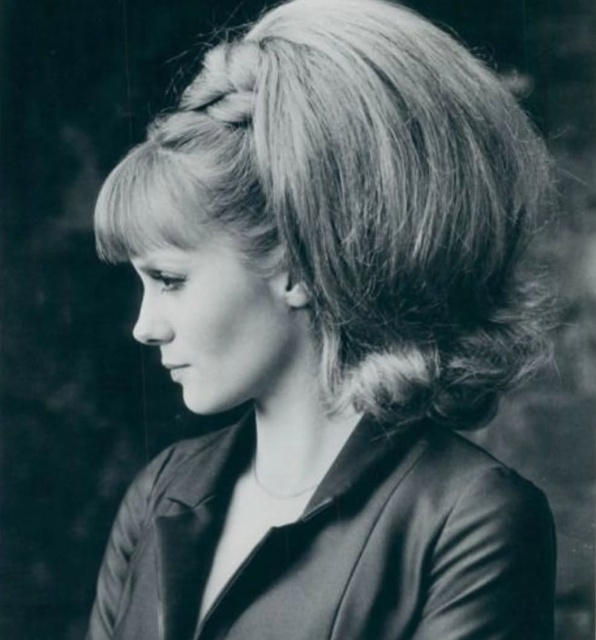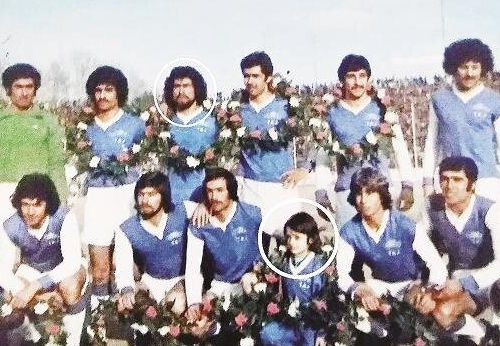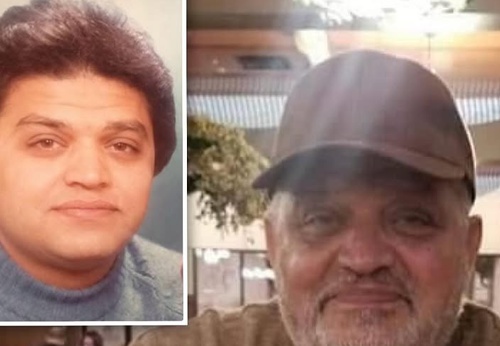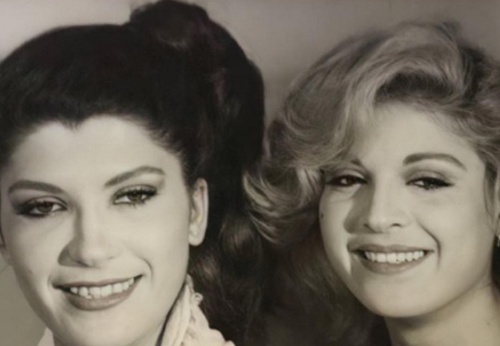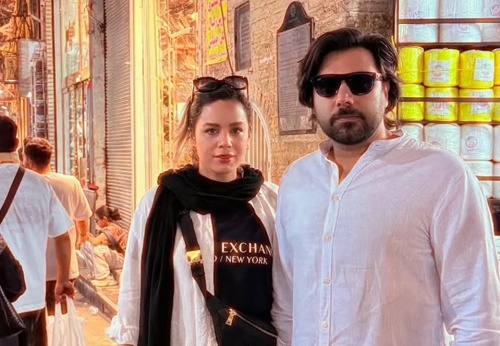Hairstyles 60 years ago
The beehive epitomized early ’60s glamour. Created by backcombing and heavy use of hairspray, it added dramatic height to the crown. Worn by celebrities like Dusty Springfield and Audrey Hepburn (famously in Breakfast at Tiffany’s), it symbolized elegance and sophistication. Popularized by TV stars like Mary Tyler Moore, the flip was a shoulder-length style with the ends curled outward. It had a playful, youthful vibe and became a classic suburban look.
Closely related to the beehive, the bouffant offered volume but with softer, rounded waves. Women used large rollers and lots of setting lotion, giving their hair a “helmet” look. It was a go-to choice for weddings, parties, and television appearances. When Mia Farrow and Twiggy rocked cropped hair, the pixie cut became synonymous with confidence and modernity. This short, gamine style contrasted sharply with the era’s big, sprayed looks, offering a chic alternative.
By the late ’60s, the counterculture movement embraced natural beauty. Women wore their hair long, straight, and parted down the middle. This simple, no-fuss look aligned with the values of freedom, peace, and individuality. In the mid-to-late ’60s, the Afro emerged as a powerful cultural statement during the Civil Rights Movement. Natural curls were celebrated, and the Afro became a symbol of pride, identity, and resistance against assimilationist beauty standards.
In the early ’60s, many men still clung to the polished looks of the 1950s. Hair was short, neatly combed, and slicked back with pomade—ideal for businessmen and formal settings. Collegiate styles like the Ivy League cut remained popular. Short on the sides and slightly longer on top, it was clean-cut, respectable, and favored by young professionals.
September 13, 2025 | 2:27 am